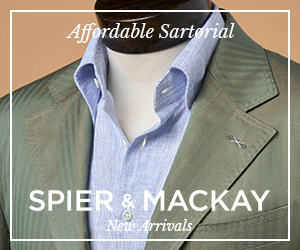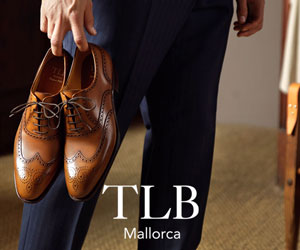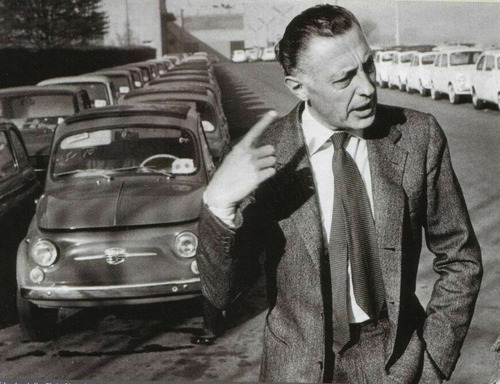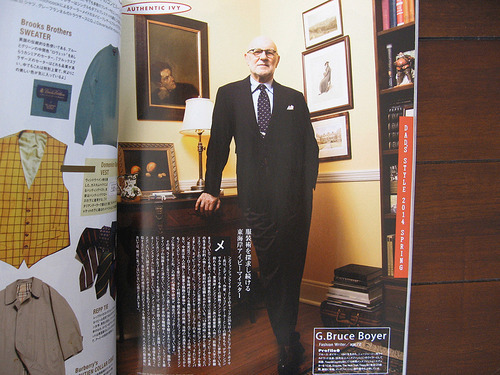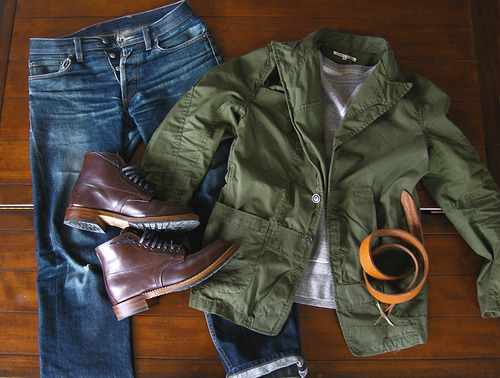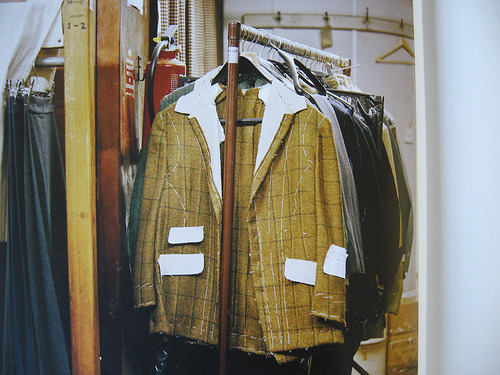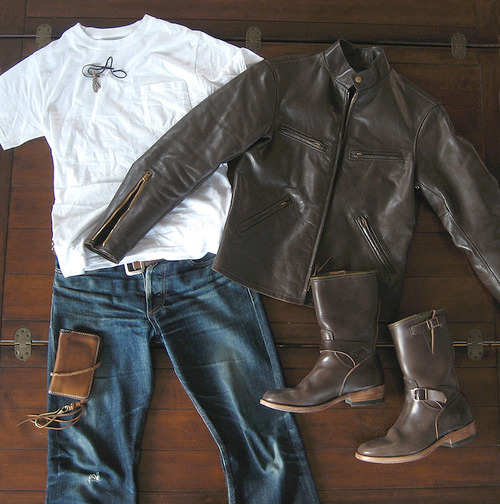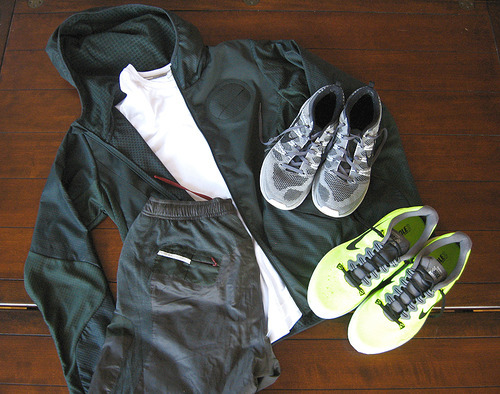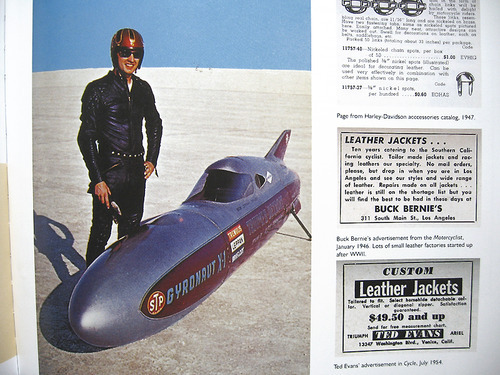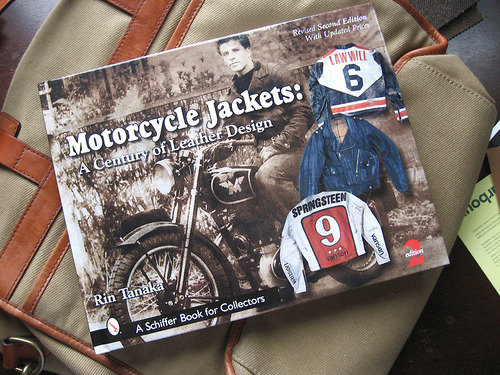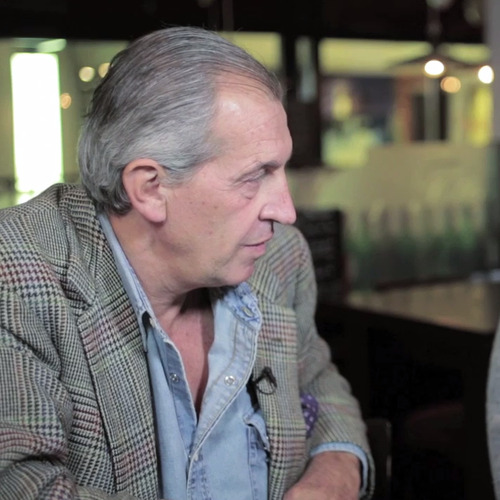
After seeing him on Hodinkee a few weeks ago, I knew that I would never have John Goldberger’s watch collection, charming accent, or swept back hair. I thought, however, that I could at least get something that looked like his shirt. That denim shirt, layered underneath a hard-finished tweed and paired with some tan chinos, seems like it makes for a great, casual look. With all the workwear and Americana revival these days, what could be easier to find?
Apparently, a lot. Part of the problem is that companies use the term denim and chambray interchangeably, which makes finding an actual denim shirt difficult. The two, however, are distinct. Chambray is a plain weave fabric, sort of like broadcloth or poplin. Here, each warp thread passes over each weft thread – over and under, over and under. Denim, on the other hand, is a twill, where each warp thread crosses over multiple weft threads before going under another set of weft threads. This creates diagonal lines in the grain of the fabric, which you can see in your jeans.
Chambray is nice, but I want the real thing. A rugged denim shirt that will hold its own against a tweed in a way that other shirtings can’t.
The usual source for these things is RRL. They have some nice Western denim shirts at the moment, but they’re too … Western for me. Blue in Green also has this one by Eternal, but it looks too artificially faded. Club Monaco has a linen shirt that looks good, but it’s not indeed denim (although, I like that those puckered seams give it less of a “dress shirt” look).
Keep reading

